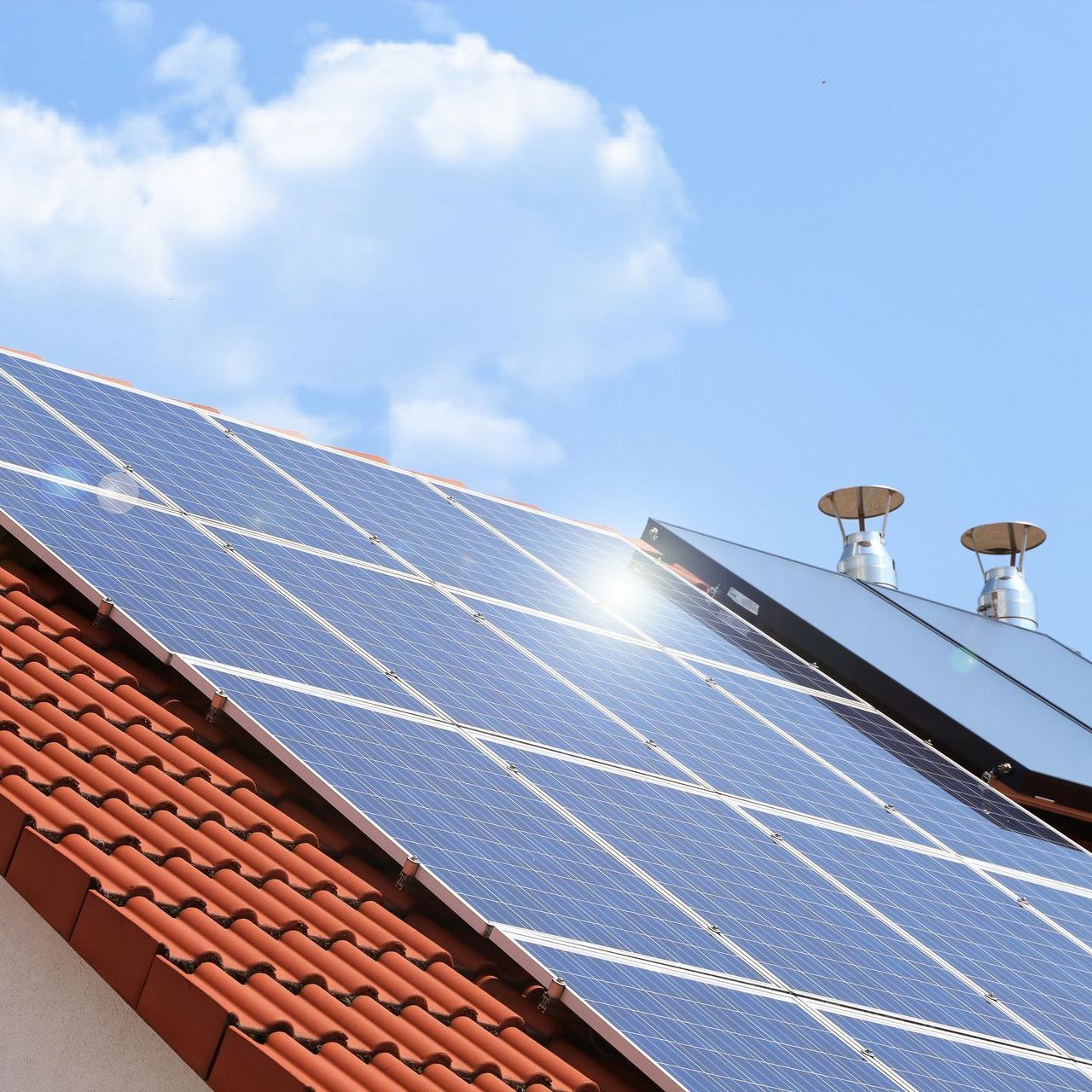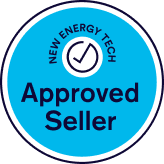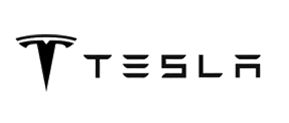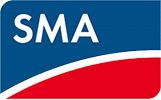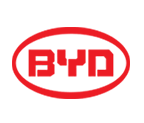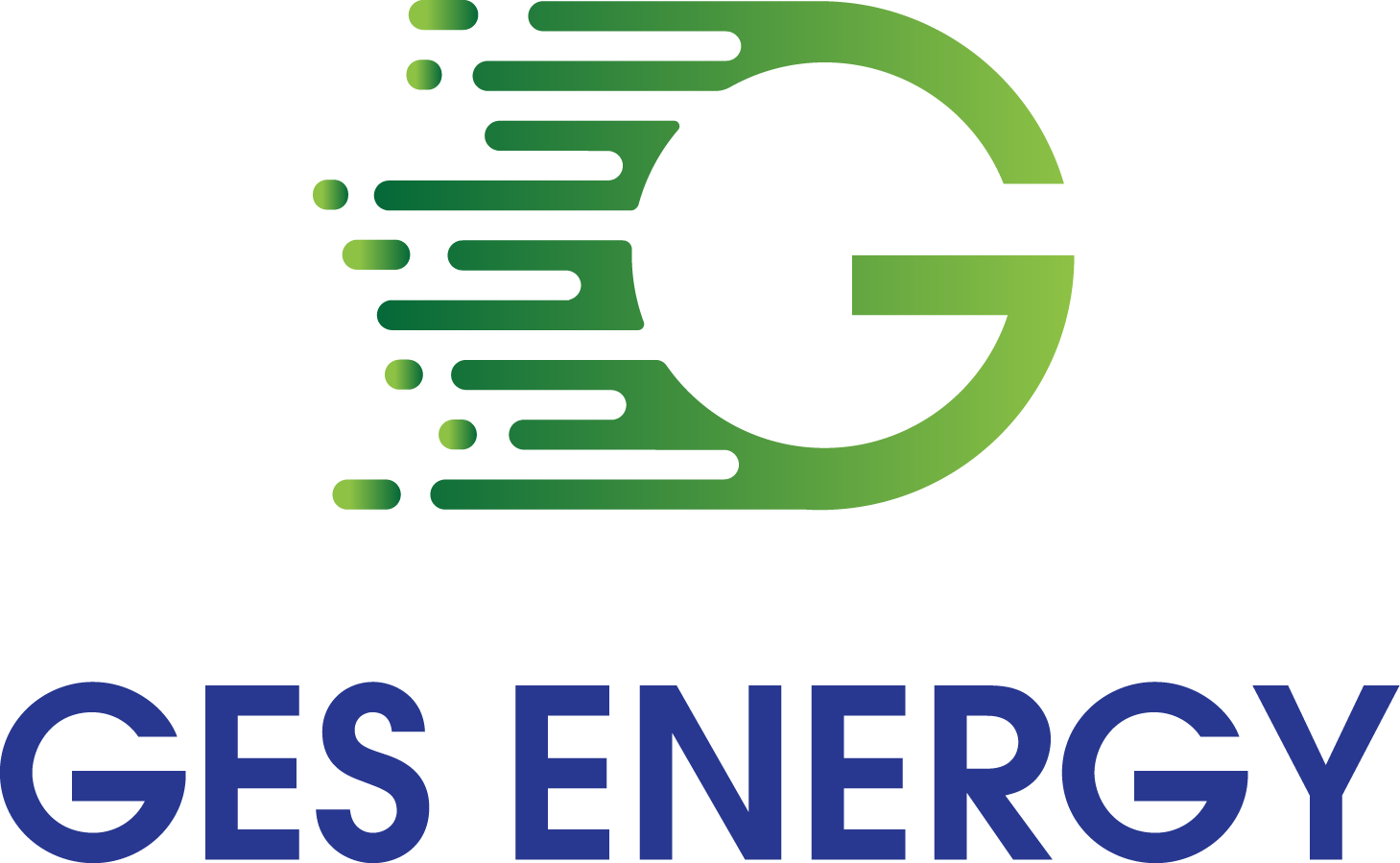Have A Question?
Solar Rebates for Homes
Australia currently offers a wide range of incentives and rebates for households considering installing solar PV or solar battery systems in their residential properties. These include Australia-wide incentives, like Small-scale Technology Certificates (STCs) and the 2025 Cheaper Home Batteries Program, as well as state-specific rebates and programs offered by various state and territory governments. With this mix of national and state support, homeowners can acquire and install a solar PV system or battery for their homes with much lower upfront costs.
Australia-Wide Solar Rebates & Federal Incentives
2025 Cheaper Home Batteries Program
The 2025 Cheaper Home Batteries Program is shaping up to be one of Australia’s most ambitious energy initiatives. Backed by a $2.3 billion federal investment, this program is designed to cut the upfront costs of home battery systems by up to 30%.
The rebate works out to roughly $370–$372 per kilowatt-hour of usable capacity and is applied as an upfront discount at the point of purchase, much like the existing Small-scale Technology Certificates (STCs) for solar. To meet the criteria, installations must be carried out by Solar Accreditation Australia (SAA) accredited installers like GES Energy, and the battery systems must be Virtual Power Plant (VPP) ready, although joining a VPP is optional.
The program is set to kick off on 1 July 2025, and while early installations can qualify if the batteries stay switched off until the scheme begins, the rebate is tied to a federal election promise, so its rollout depends on the May 2025 election. With demand likely to surge, preparing early could help households secure installations before supply constraints, price hikes, and gradual rebate reductions through to 2030.
HOUSEHOLD SOLAR REBATES STATE BY STATE IN AUSTRALIA
Victoria
Solar Victoria’s
Solar Homes Program offers rebates for the installation of solar panels and interest-free loans for the installation of solar batteries among Victorian homeowners with existing homes, homes under construction, and rental properties, helping them reduce their installation costs.
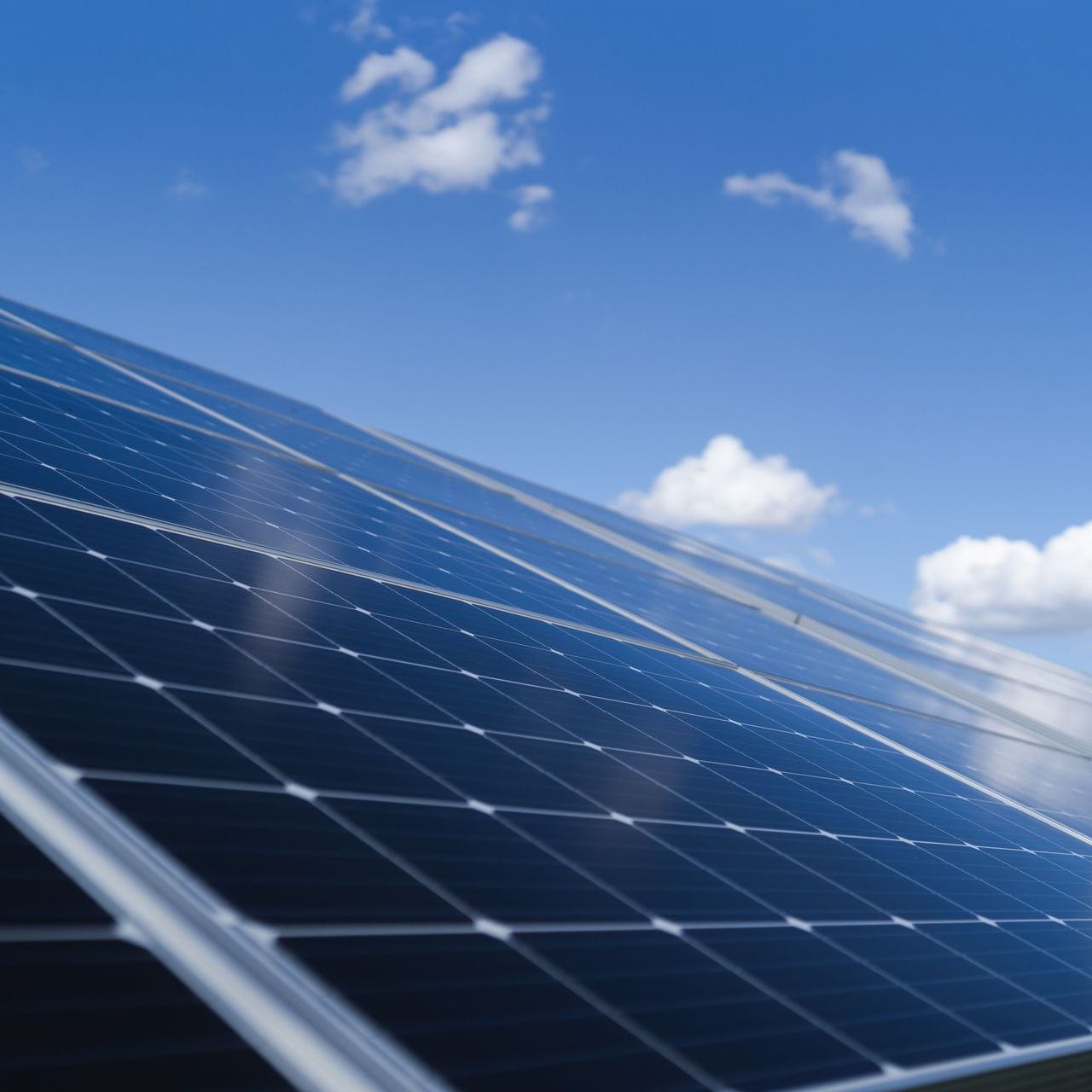
Queensland
The Queensland state government does not currently offer financial incentives or rebates for either home battery storage systems or solar panels. The only solar incentive available is the Federal Government's Small-scale Technology Certificates (STCs).
The scheme works by providing small-scale technology certificates (STCs) to eligible households that installed solar panels in their residences.
These STCs can then be exchanged for Australian dollars, which will be taken off the price of your system. Depending on the system size you've selected, you're generally eligible for a certain number of certifications. In Queensland, a solar system can earn up to 12 certificates per kWH on average, with the total number of certificates per KW rising slightly for every additional KW the system produces.
Fortunately, due to Brisbane's sunny climate, residents are eligible for STCs of higher value. A 5kW system can save households up to $3,500, but you must have your system installed by a Solar Accreditation Australia-accredited installer to qualify for the refund.
New South Wales (NSW)
In New South Wales, eligible households can access rebates of up to $3,000 to help cover the cost of installing batteries with their existing solar systems. This incentive provides a practical way to enhance energy storage and maximise the benefits of solar power.
Additionally, households can receive an extra rebate of $250 to $400 by connecting their battery to a Virtual Power Plant (VPP). Joining a VPP allows you to share excess energy with the grid, contributing to a more sustainable and efficient energy network. These incentives make adopting renewable energy solutions both accessible and rewarding.
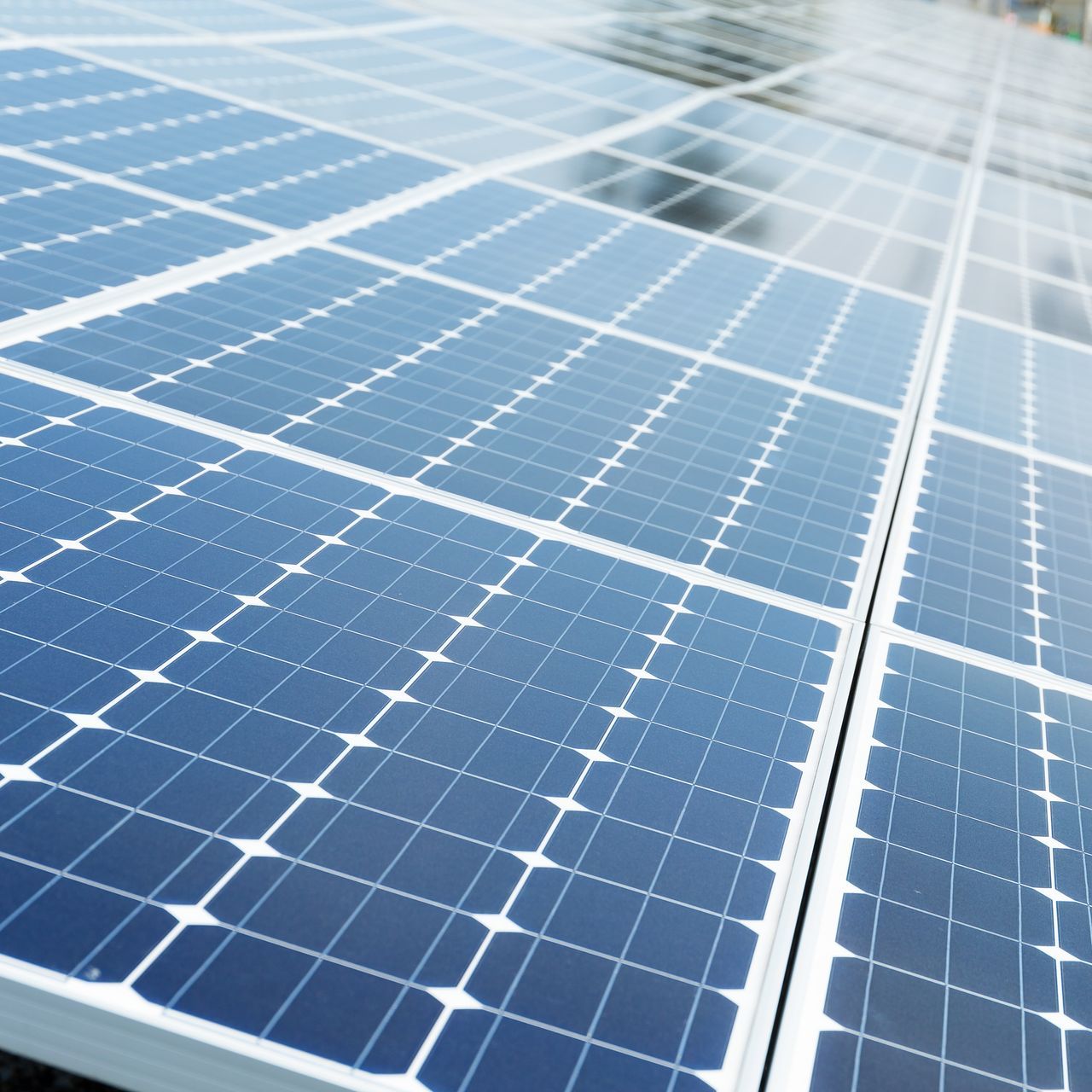
South Australia
At present, there are no state-based rebates or incentives for solar batteries in South Australia. However, as covered above, the Australian Federal Government’s 2025 Cheaper Home Batteries Program is currently the only available option, which offers up to 30% off installation costs and gives potential savings between $1,850 and $18,500. For South Australians, this federal program is currently the key pathway to lowering battery costs and cutting down on energy bills.
Solar Feed-In Payments
However, your solar photovoltaic (PV) system may be compensated for each kilowatt-hour (kWh) of excess electricity it exports to the power grid. There are two types of feed-in tariff:
Depending on when SA Power Networks granted authorisation to link the system to the primary electrical grid, you may be eligible for feed-in tariffs.
- Anyone with a solar PV system is eligible for the retailer feed-in tariff, which is a variable amount provided by merchants. Due to factors including market competitiveness and the wholesale price of electricity, it may alter often.
- Only qualifying solar PV systems that were connected to the grid before September 30, 2011, are eligible for the distributor feed-in tariff, also known as the solar feed-in program. This fixed sum (44 cents) is only offered for such installations.
Western Australia
The Commonwealth Government offers a financial incentive for the installation of renewable energy systems through the Small-scale Renewable Energy Scheme. Solar installers typically arrange the involvement of this program, so the consumer gets a discount on the purchase price up front.
The Small-scale Renewable Energy Scheme offers incentives to eligible small-scale renewable energy systems in the form of small-scale technology certificates, which can be sold to recover some of the costs incurred during the purchase and installation of the system.
Small-scale renewable systems which may be eligible for certificates include:
- solar photovoltaic (PV) panels
- wind turbines
- hydro systems
- solar water heaters, and
- air source heat pumps
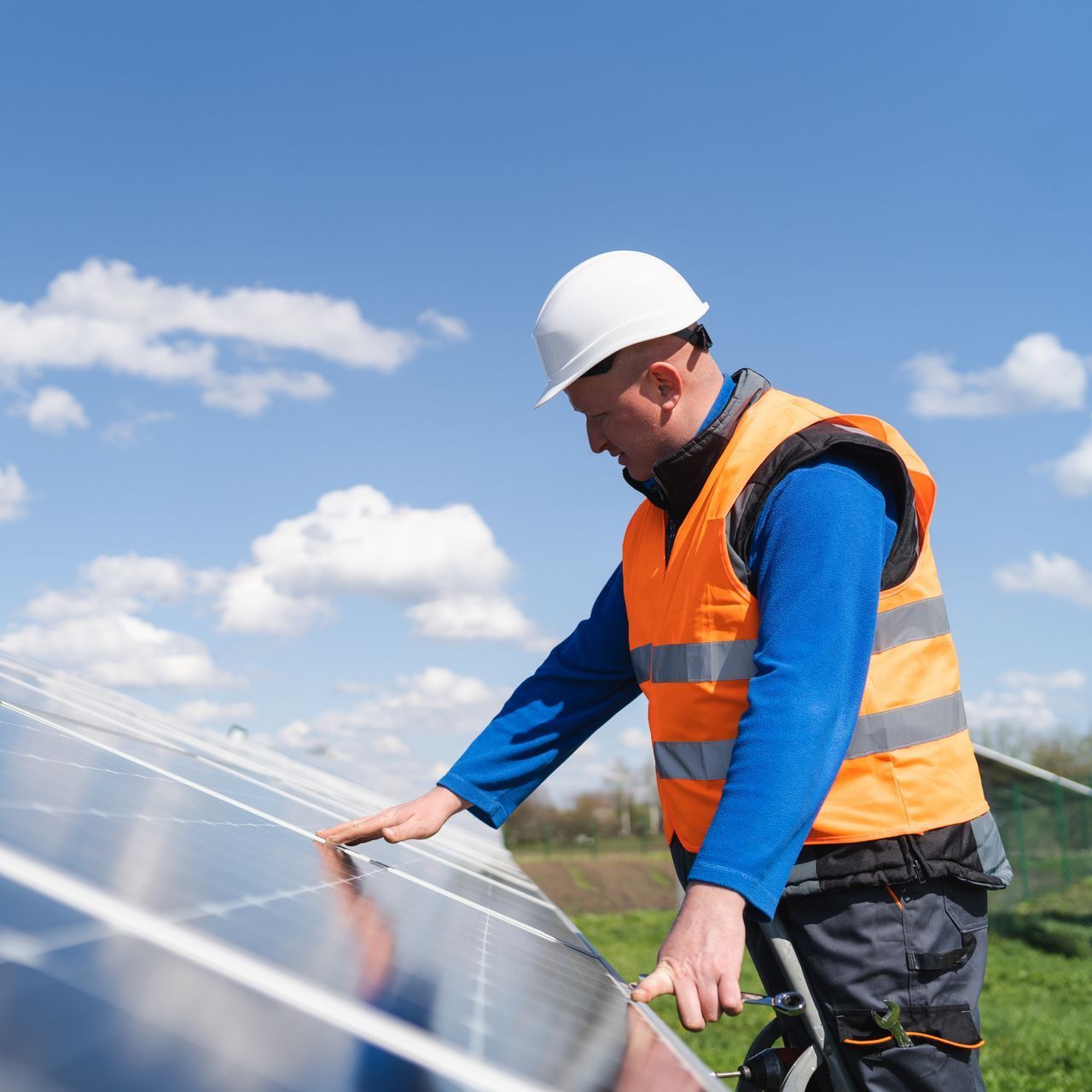
Installing a renewable energy system such as solar panels (PV) offers three types of benefits to household customers:
- a one-time discount on the cost of your renewable energy system's purchase
- savings through reduced energy purchases from your supplier
- payments for extra electricity that your solar energy system puts into the electricity grid, often known as the energy buyback plan.
Australian Capital Territory (ACT)
The ACT government currently has the Next Generation Energy Storage program. However, the program has already reached its target of 5,000 batteries in Canberra homes and businesses – and is no longer accepting rebate applications.
Home Energy Support
But if you are considering installing energy-efficient equipment, starting from July 1, 2023, the Home Energy Support offers rebates of up to $5,000 for eligible households.
To be eligible for this scheme, you must be:
- A resident of the ACT
- An owner and resident of the home where the product will be installed.
- Holds an Australian Government Pensioner Concession Card, Department of Veterans' Affairs Gold Card, or Australian Government Health Care Card.
- Participated in a free online Everyday Climate Choices workshop so you can be guided in making informed decisions.
- Your property must have an Unimproved Value (UV) at or below the following thresholds:
- For freestanding homes, units, and dual occupancies, the UV should be $750,000 or lower at the time of application in any year from 2022.
- For unit titled freestanding properties, this is determined based on the unit entitlement percentage.
- For unit titled multi-story apartments, the UV should be $300,000 or lower in any year from 2022.
With this program, eligible homeowners will be qualified for:
- One rebate of 50% of the entire installation cost, up to a maximum rebate of $2,500 for rooftop solar
- One rebate of 50% of the entire installation cost, up to a maximum rebate of $2,500 for
- reverse cycle heating and cooling
- hot water heat pumps
- electric stove tops and ovens
- ceiling insulation
Sustainable Household Scheme
Starting July 1, 2023, eligible households can borrow up to $15,000 to improve their home’s energy efficiency through the Sustainable Household Scheme. This loan has a repayment period of up to 10 years with zero interest, upfront costs, or fees involved.
To be eligible for this scheme, you must be:
- A resident, homeowner, or community group in the ACT
- You must also meet the scheme's eligibility criteria and Brighte's lending criteria that includes a free one hour live workshop.
If you are eligible, you can use your loan to buy energy-efficient products such as:
- rooftop solar panels (restricted eligibility)
- household battery storage systems
- electric heating and cooling systems
- hot water heat pumps (HWHP)
- electric stove tops
- electric vehicles (cars)
- electric vehicle charging infrastructure
- ceiling insulation
- installation costs for these products.
Stand-alone homes (Non-unit titled properties)
- Properties with an unimproved value (UV) of $750,000 or less in 2022 qualify for all the products offered within the scheme, except for solar.
To be eligible for solar installations through the scheme:
- The unimproved value (UV) of your property in 2022 must be $450,000 or below.
Unit titled properties
- Units that have an unimproved value of $300,000 or less in 2022 will qualify for all the products offered within the scheme.
- For further information on eligibility, please refer to the Scheme Guidelines.
Home Energy Support Program (HESP)
The Health Care Card is now recognised as an eligible concession card. Individuals with Pensioner Concession Card, Department of Veterans' Affairs Gold Card, or Health Care Card are eligible for:
- A 50% rebate, capped at $2,500, for installing rooftop solar.
- Additionally, they can receive another 50% rebate, up to $2,500, for installing energy-efficient products. These incentives can be combined with a loan of up to $10,000.
- The unimproved value (UV) eligibility thresholds for both categories A and B in the HESP are set at or below $750,000 for non-unit properties and $300,000 for units in the year 2022.
To be eligible for a rebate starting July 1, 2023, you must fulfil the following requirements:
- your property's unimproved value (UV) must be $450,000 or less (for non-unit properties) in 2022, or
- you hold a Pensioner Concession Card, Department of Veterans' Affairs Gold Card, or Health Care Card with a UV of $750,000 or below (for non-unit properties) to qualify for the Home Energy Support Program.
Sustainable Household Scheme
Access zero-interest loans of up to $15,000 to make energy-efficient upgrades. These loans can be used for battery systems and other improvements to help you save on energy costs while supporting a greener future at the same time.
Northern Territory
The Home and Business Battery Scheme is offered by the NT Government to assist homeowners in the Northern Territory (NT) wanting to buy and install solar batteries and inverters.
To be eligible for a rebate, you must be:
- a registered owner of a residential property in the Northern Territory
There can only be one application per residence and per homeowner, regardless of whether the property is utilised for personal use or as an investment.
Homeowners and businesses in the Northern Territory can access grants of up to $12,000 for installing battery storage. This support makes it easier to invest in renewable energy and reduce long-term energy costs.
If you are both a homeowner and a business owner, you can submit separate applications for a grant for your home and your business.
